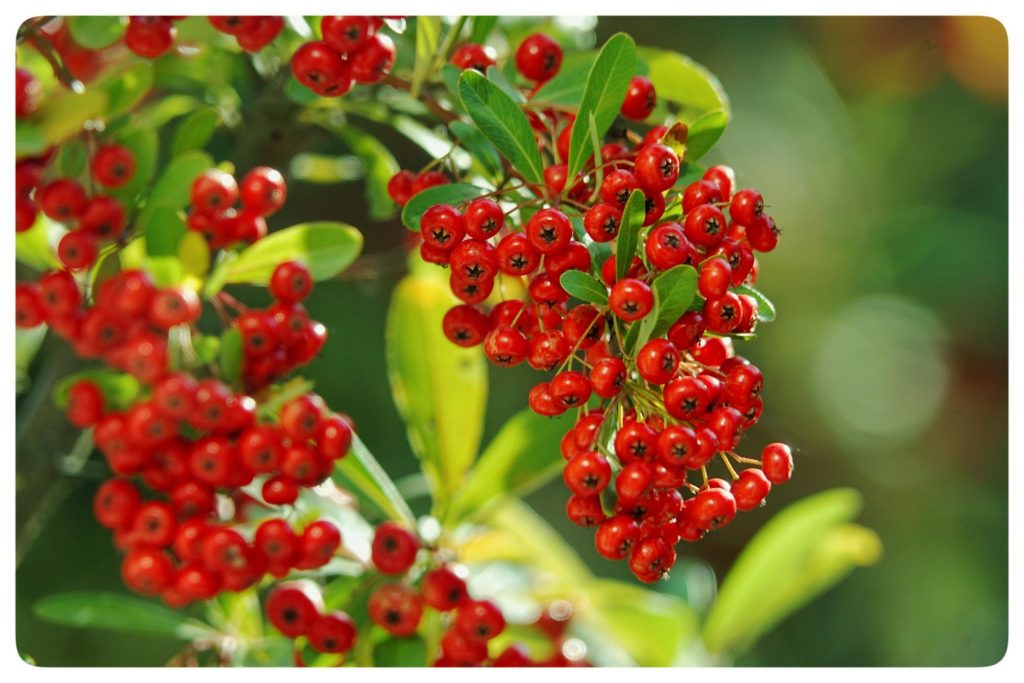Pyracantha coccinea seed

Pyracantha coccinea, commonly known as Firethorn, is a versatile and visually striking evergreen shrub. This ornamental plant is celebrated for its attractive clusters of small, brightly colored berries that appear in the late summer and persist into winter, creating a dramatic display of fiery red, orange, or yellow hues. Firethorn is adorned with glossy, dark green leaves and produces dense growth, making it an excellent choice for hedges, borders, or as a specimen plant. Its vibrant berries not only add a burst of color to the landscape but also serve as a valuable food source for birds during the colder months. Pyracantha coccinea is also highly prized for its resilience and adaptability to various growing conditions, making it a popular choice for both novice and experienced gardeners. Cultivation: Cultivating Pyracantha coccinea, or Firethorn, can be a rewarding experience when you follow these essential cultivation tips: Climate: Firethorn thrives in temperate to subtropical climates. It can tolerate a range of conditions but is best suited to areas with moderate rainfall and mild winters. Sunlight: Plant Firethorn in a location that receives full to partial sunlight. It benefits from at least 6 hours of direct sunlight each day for the best berry production and growth. Soil: Provide well-draining soil with good aeration. Firethorn is adaptable to various soil types, including loam and clay, but it thrives in fertile, slightly acidic to neutral soil. Watering: While Firethorn is somewhat drought-tolerant once established, it benefits from regular watering during dry periods. Keep the soil consistently moist, especially during the growing season. Fertilization: Apply a balanced, slow-release fertilizer in the spring to promote healthy growth and berry production. Follow the package instructions for proper application. Pruning: Prune Firethorn as needed to maintain the desired shape and size. Regular pruning can help control its growth and encourage more prolific flowering and berry production. Pests and Diseases: Firethorn is generally resistant to most pests and diseases. However, occasional inspections for issues like aphids, scales, and fire blight can help prevent problems. Berries: The vibrant berries of Firethorn are highly ornamental but are toxic to humans if ingested. Keep this in mind, especially if planting in areas accessible to children or pets. Birds: Firethorn’s berries are a valuable food source for birds during the winter months, attracting wildlife to your garden. Propagation: Firethorn can be propagated from semi-hardwood cuttings or by seed. Softwood cuttings are best taken in late spring to early summer.
